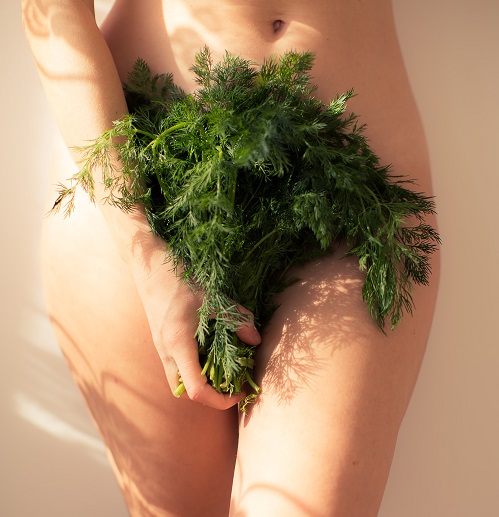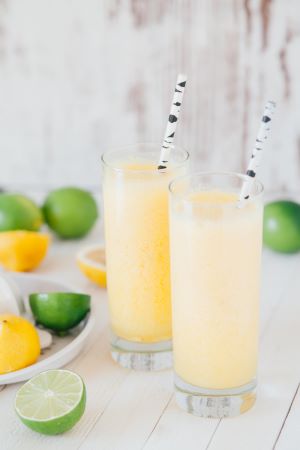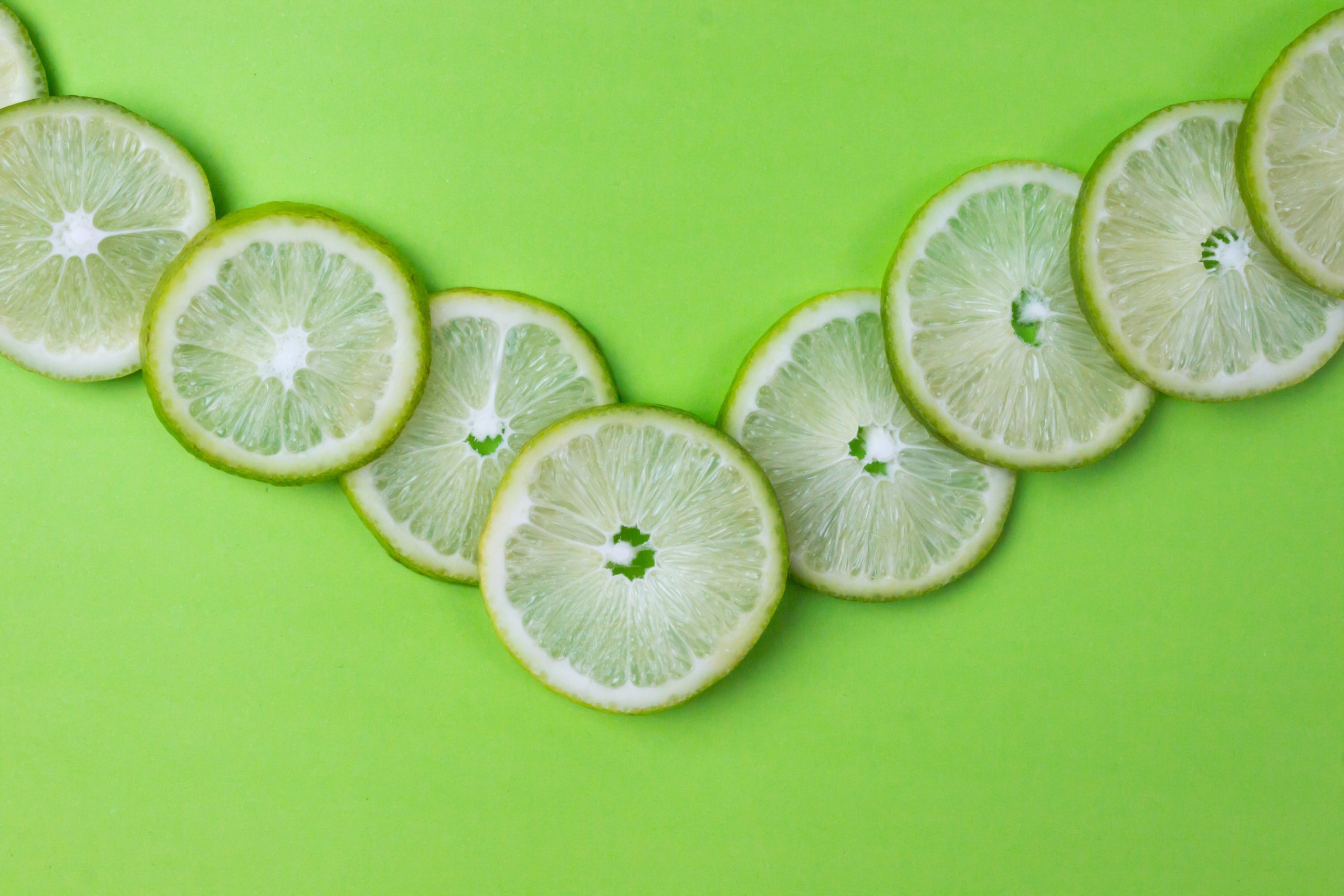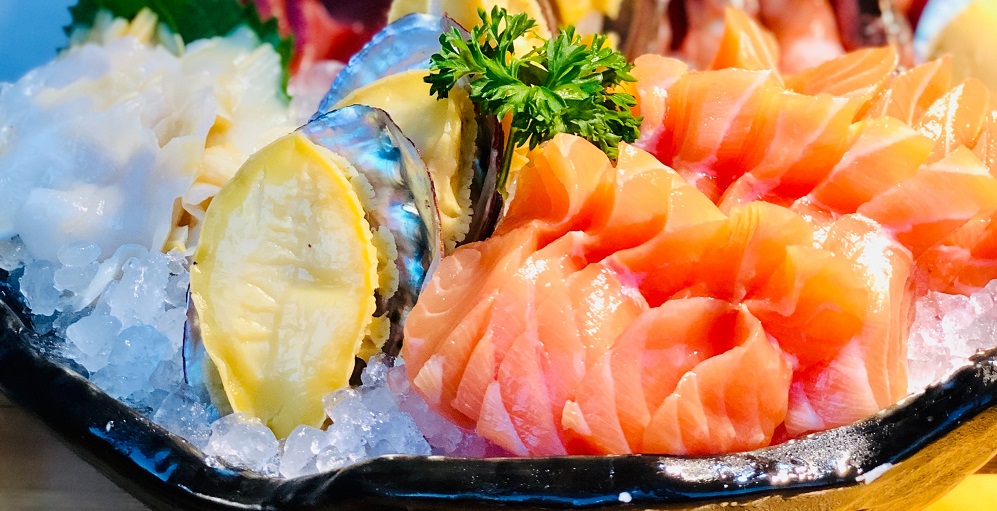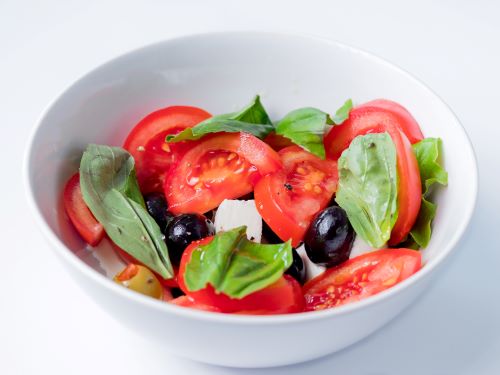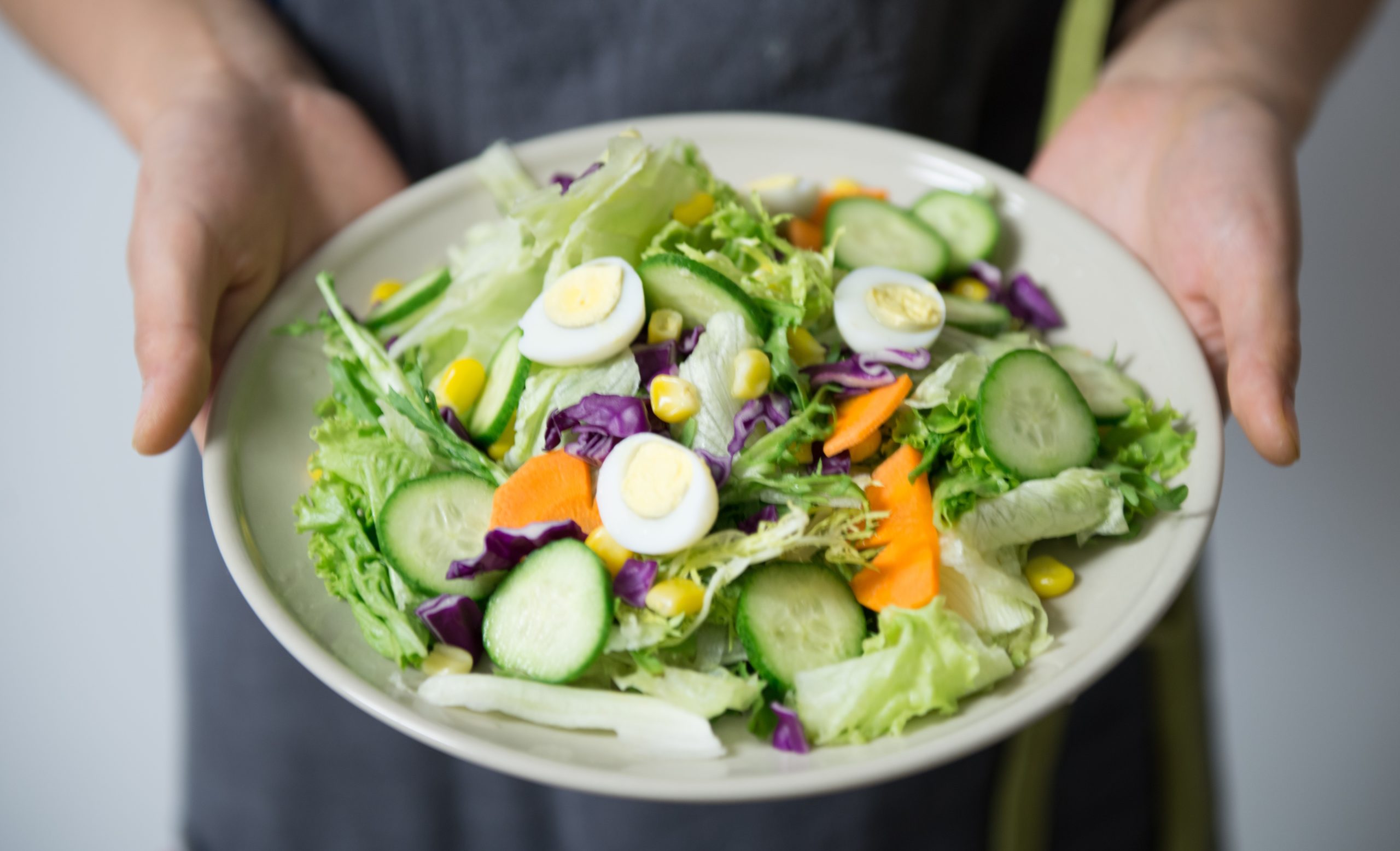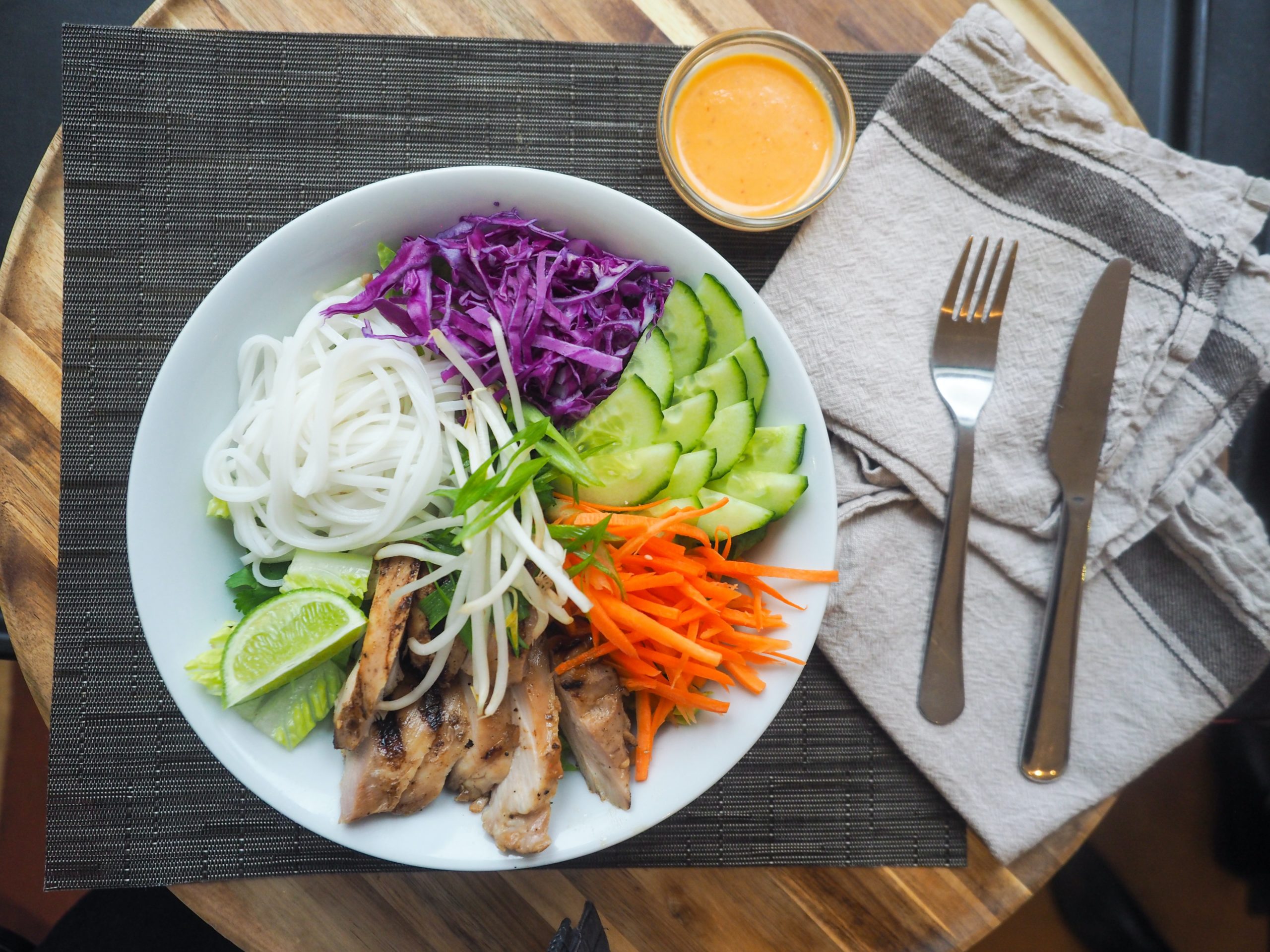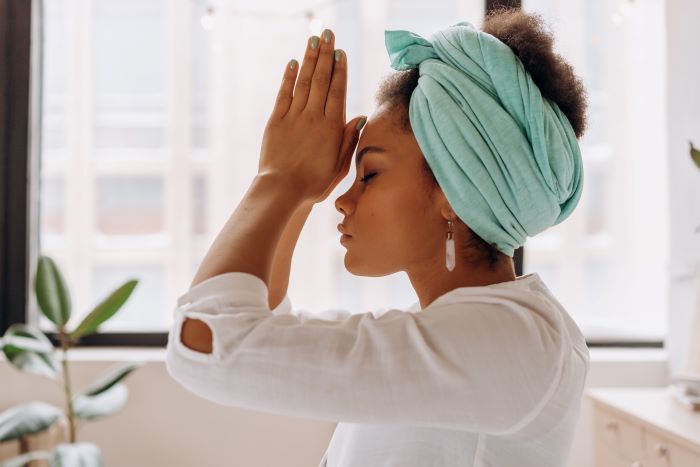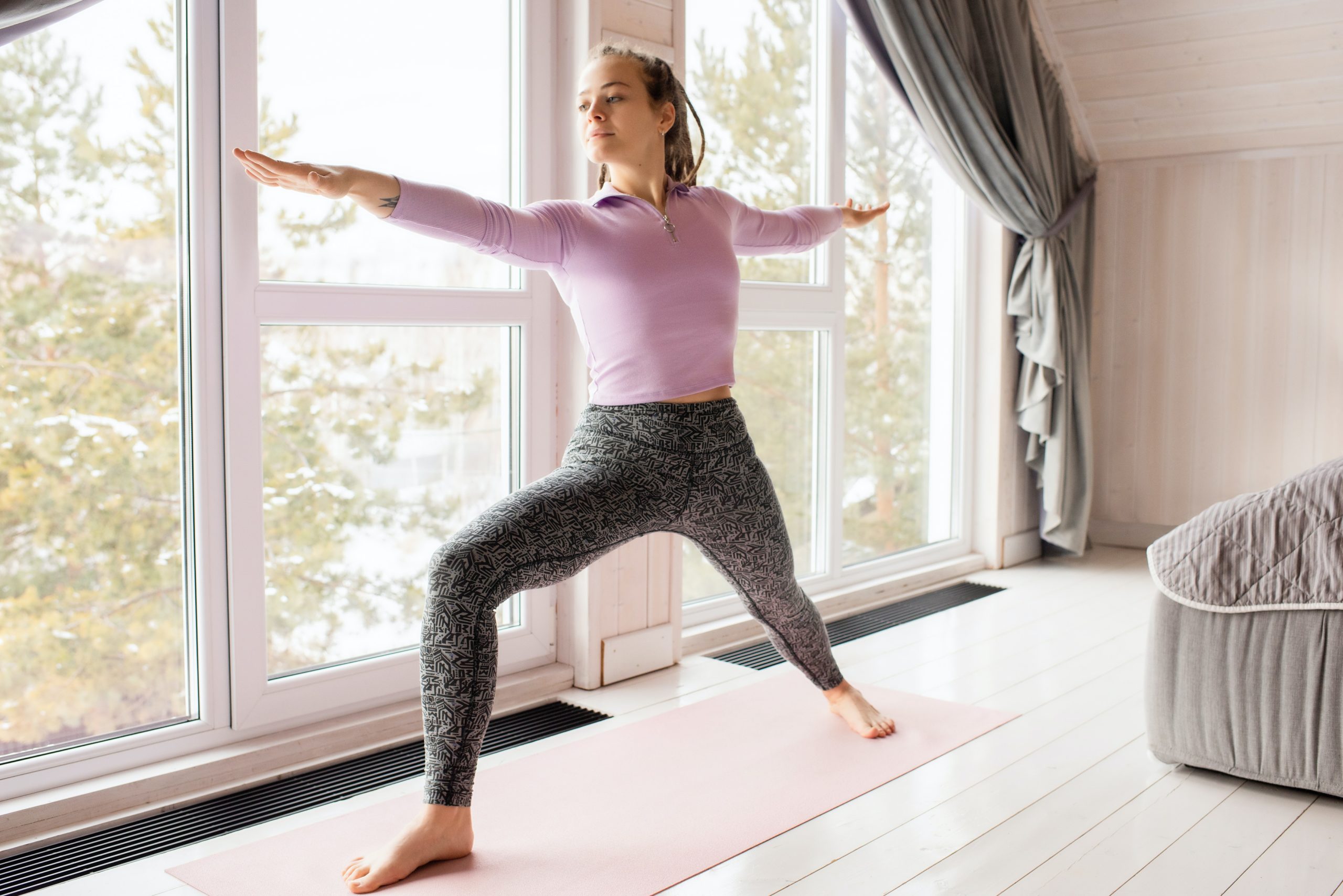Marijuana is nothing new. While legalization has brought growers and sellers out of hiding, people have been smoking and consuming the drug for centuries. However, what does seem to be new is the vast and unbelievable claims of the drug's capabilities. Many brands tout their products as the essential cure-all to what ails you. Do you have a bad back? Smoke this. Do you suffer from anxiety? Chew on this. Everything from pain management to creativity seems to be treatable with a bit of CBD or THC.
Therefore, it wasn’t surprising when legal marijuana producers began claiming that CBD — the part of marijuana that won’t give you a high — could relieve menstrual cramps, even cure them. That is every women’s dream come true. Unfortunately, there is no evidence to suggest that CBD is an effective or even helpful treatment or therapy for menstrual cramping.
Looking Closer At CBD and Pain-Relief
Researchers have proven time and time again that marijuana — produced in a controlled medical setting — provides many benefits for pain management. However, the pain the drug can treat is limited to specific chronic pain. Based on that observation and logic, sellers concluded that CBD could treat the chronic pain or cramps of the menstrual cycle, but that is an assumption without evidence.
Menstrual cramps are the result of a release of prostaglandins, inflammatory compounds. The more of these compounds you release during menstruation, the more severe your cramps. Consequently, if a medication or therapy does not affect the production of prostaglandins, it will not reduce the risk or severity of cramps. Common drugs, like Advil and Celebrex, bind to tissues and COX receptors in the brain, blocking the production of prostaglandins, reducing the pain or likelihood of severe cramping.
CBD does not affect the production of prostaglandins. In fact, it does not even interact with the COX receptors. Instead, CBD and THC have a direct effect on hormone production, specifically dopamine. While dopamine can help you feel good, it will not affect the likelihood of cramps. Consequently, women taking THC might have a euphoric experience, reducing the perception of pain and leading to false testimony.
CBD and marijuana, in general, are better at treating chronic-neuropathic pain and other inflammatory joint disorders. There is sound evidence to suggest that these benefits are real, although sellers likely inflate their potential, but why and how?
[insert page='Offer' display='content']
FDA and CBD Distribution
CBD is a non-addictive substance, and it does not provide a high. CBD is within a legal class of drugs and products; however, it is not subject to FDA approval. Without FDA approval, a drug cannot legally claim to cure any ailment, but that does not mean a brand cannot speak about the “potential benefits.”
As long as a CBD manufacturer stays clear of promising results to consumers, it is essentially safe from prosecution. Therefore, brands can continue to advertise their products as “helpful” and “beneficial” without providing definitive evidence.
CBD, like other dietary supplements, falls into a weird limbo. The brands clearly understand the limitations of their products but continue to market them as potential cure-alls without fear of consequence.
It is up to consumers to educate themselves about lofty claims and review the data and the evidence. Marijuana producers are currently enjoying the luxury of legitimate business, but many are still skirting the law with broad and non-specific marketing campaigns.
As women, it is best to seek out actual medical advice for the treatment and management of severe menstrual cramps. While CBD and THC might be good for treating some chronic pain conditions, there is no evidence to suggest the drug works for cramping resulting from menstruation.

